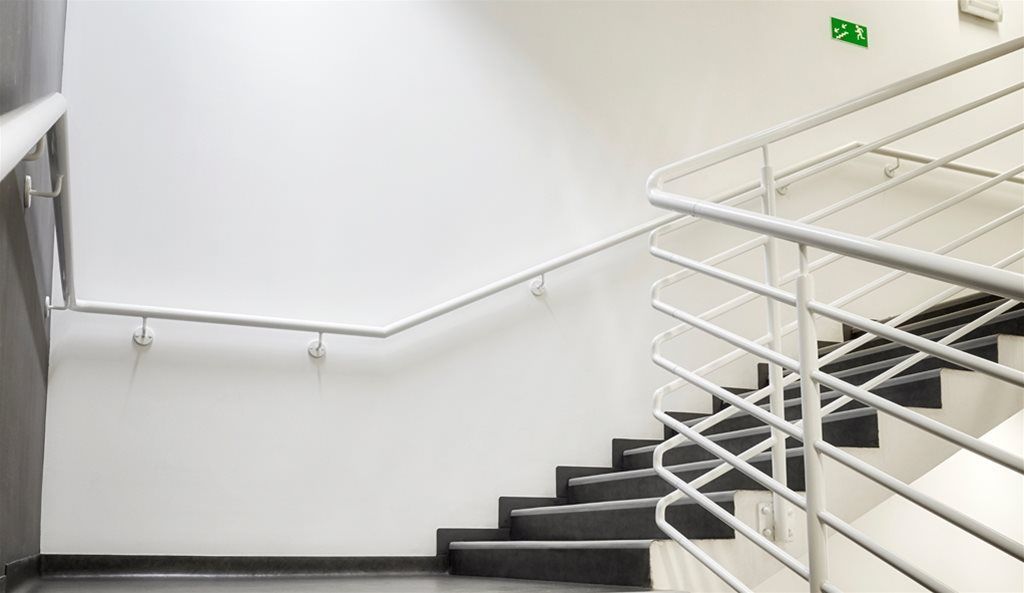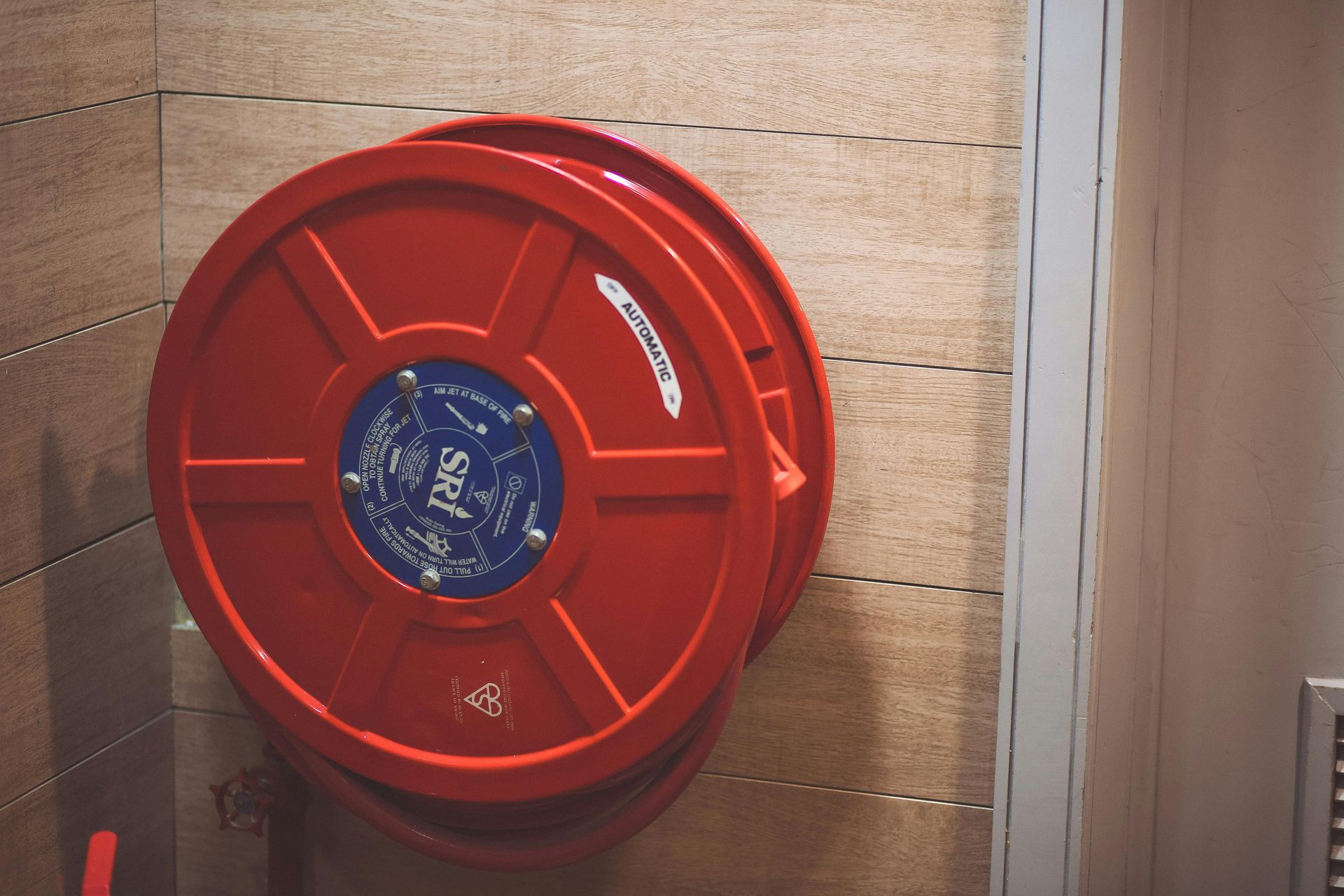Government Publishes Updated Guidance On Second Staircases
Source: Fire Protection Association
Government Publishes Updated Guidance On Second Staircases
The Department for Levelling Up, Housing, and Communities (DLUHC) has updated its guidance calling for second staircases in all new tall residential buildings over 18 metres in height.

Published on 29 March 2024, the technical guidance sees amendments to Approved Document B (ADB) Volume 1 (dwellings) and Volume 2 (buildings other than dwellings), with changes expected to take effect on 30 September 2026 in England. DLUHC states that the subsequent transition period will “provide clarity for developers during a difficult economic climate” and that projects previously held up at the planning stage will now be able to “go ahead with certainty”.
As detailed in the government document, the changes focus on the following fire safety provisions:
- A new recommendation for more than one common stair to be provided in blocks of flats with a storey 18m or more in height
- Building design provisions to support the use of evacuation lifts in blocks of flats.
The technical guidance pays particular focus to the designs for horizontal escape and vertical escape, along with the design and construction of common stairs. For instance, it specifies that interlocked stairs are considered a “single escape route” and “do not constitute an alternative means of escape”. As Inside Housing reports, the guidance also makes clear that evacuation lifts will “not be a requirement”.
Minister for Housing, Lee Rowley said the changes will offer “clarity for developers and ensure both new and existing buildings provide safe and secure homes for all residents”. Notably, DLUHC is expected to publish a response to recommendations for personal emergency evacuation plans in “due course”, as well as considering fire safety reforms for existing tall buildings.
“A second staircase will facilitate evacuation if a ‘Stay Put’ recommendation needs to be overridden. The provision of a firefighting shaft, alongside the inclusion of a protected staircase is expected as well as compliance with all other provisions outlined in Approved Document B.
“The updated guidance will not call for evacuation lifts as a matter of course and will provide developers with the clarity they need to progress developments. The design of each high-rise building will continue to receive individual scrutiny from experts, now via the Building Safety Regulator. The fire safety design for any higher risk building above 18m will be subject to review at Planning Gateway One by fire safety professionals and by a multi-disciplinary team at Gateway Two.”
As previously reported by the FPA, requirements for a second staircase in new high-rise residential buildings were first proposed in a public consultation at the end of 2022. Of the responses received, 65% agreed that ADB should include a maximum threshold for the provision of a single staircase in multioccupancy residential buildings. DLUHC later confirmed that the government would be “implementing a second staircase only solution”, with the Secretary of State for Levelling Up, Housing, and Communities, Michael Gove, announcing in July 2023 that the threshold for this requirement would be 18 metres. In October 2023, transitional arrangements, including a 30-month “grace period”, were introduced.
However, fears regarding construction delays and additional build costs brought about by the new requirement have been widely shared throughout the industry, including The Housing Forum.
As part of the consultation outcome, DLUHC stated that it recognised the concerns raised by respondents over “cost and space impacts” and the “effect the proposal could have on housing supply”, but it reiterated that the introduction of a second staircase only solution would cause the “least amount of cost impact to housing supply”.
“It is customary for changes to building regulations to be accompanied by a transition period to provide clarity to building control bodies and those commissioning, designing, and carrying out the building work. It also reduces the risk to developers being impacted by changes to requirements part way through the design and construction process.
“…With these transitional arrangements, we will ensure that projects that already have planning permission with a single staircase can continue without further delay. This reflects the fact that the introduction of a second staircase is part of a gradual evolution of safety standards within buildings.”
You can view the amendments to Approved Document B here.



